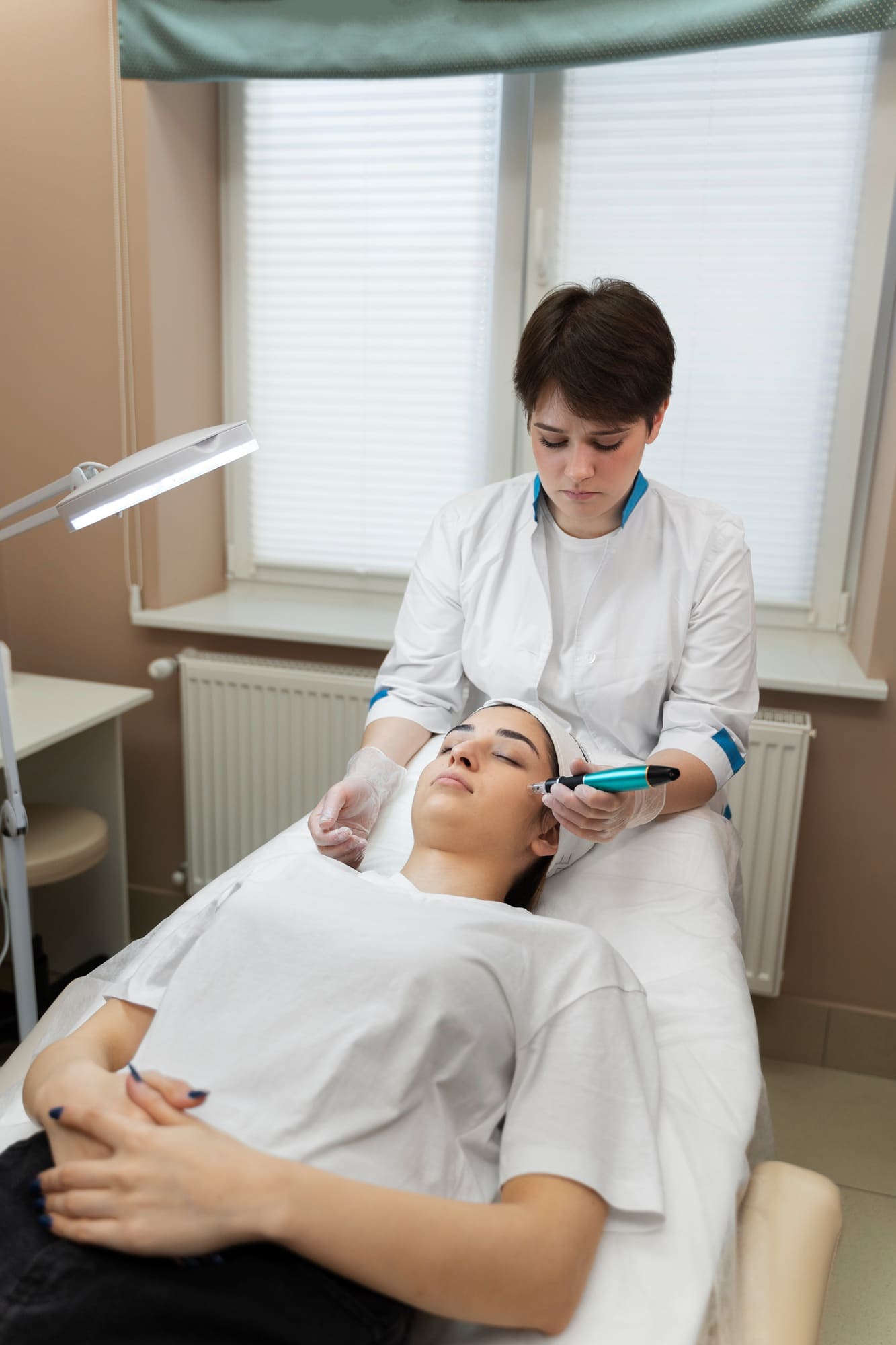Holistic Therapies
Natural Fertility treatments, such as treatments administered by Traditional Chinese Medical Practitioners, are holistic treatments aimed at boosting fertility to enhance the chances of natural conception without the use of invasive medical procedures or prescription drugs.

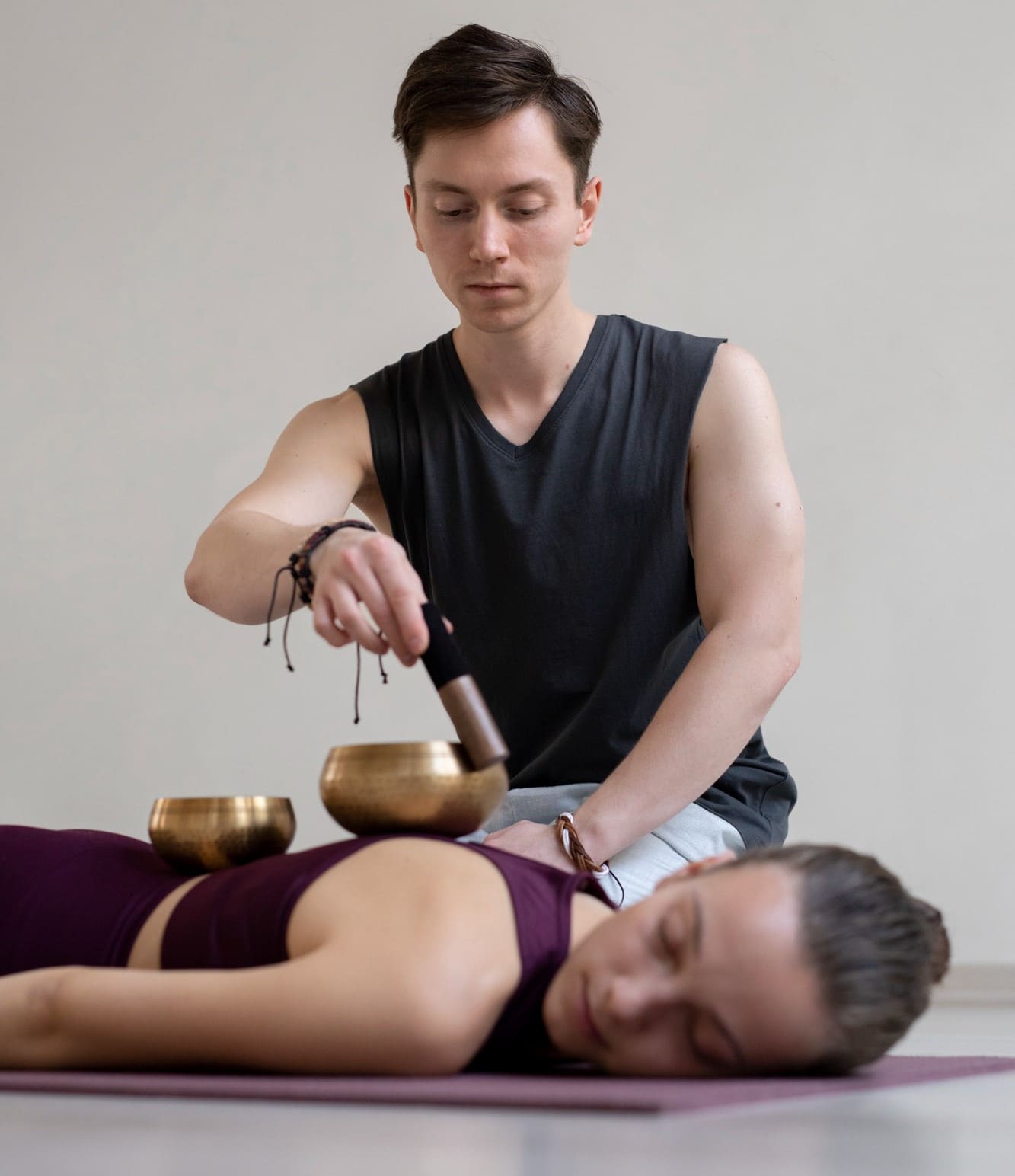
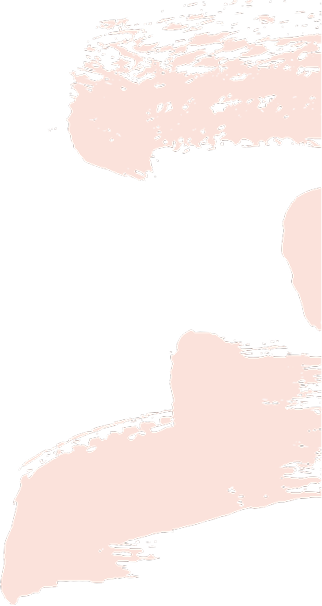
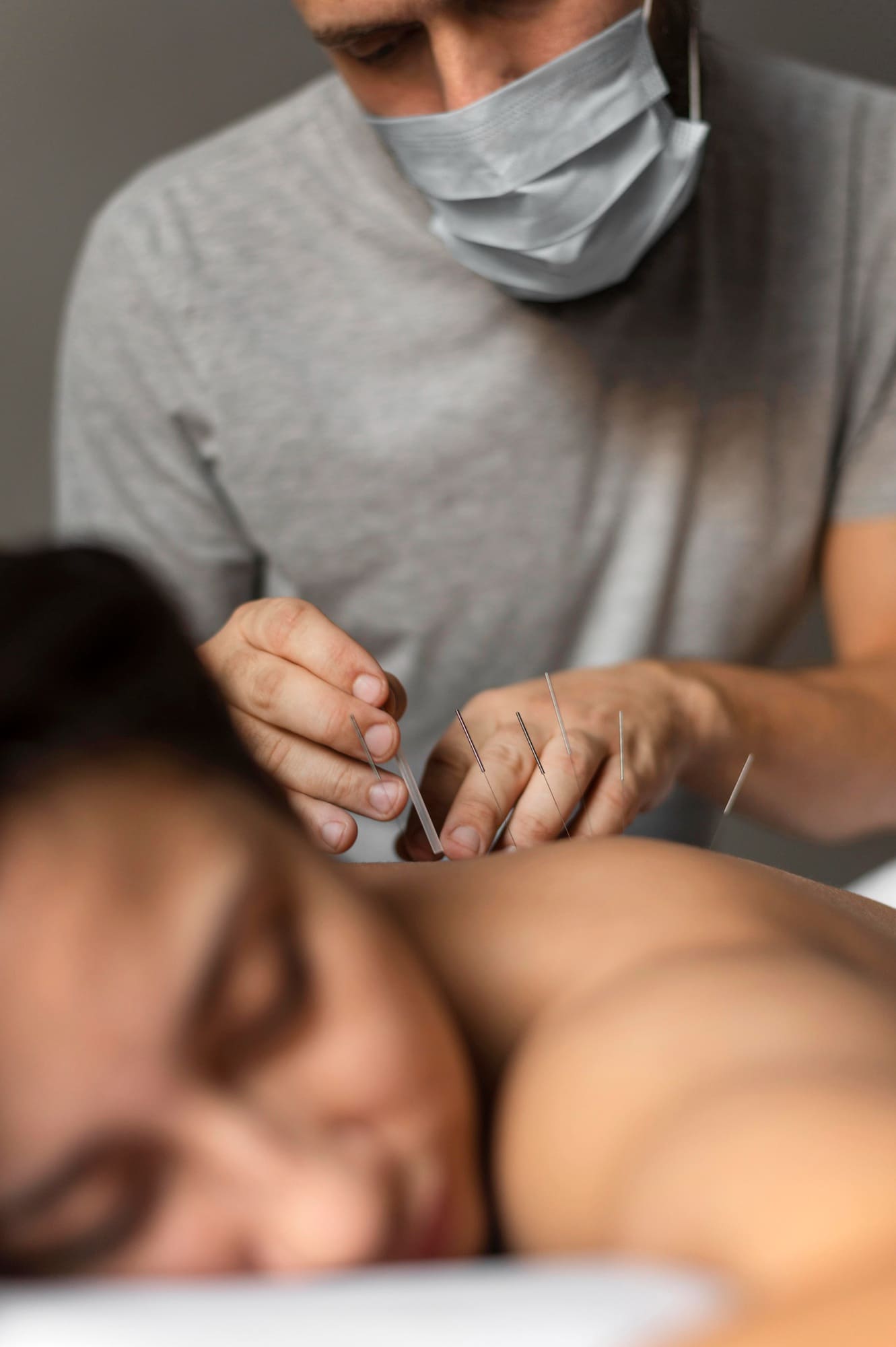
TCM / Acupuncture
Acupuncture
Acupuncture involves the insertion of fine needles into specific points on your body (or acupoints) and it is believed that acupuncture will help alleviate pain, unblock “Energy” (or Qi), and increase blood flow to the organs, thereby restoring balance to the body and boosting fertility in the process.
While different TCM practitioners may have different treatment plans, the general recommended timeline appears to be:
- session before ovulation/transfer of embryos
- session on the day of transfer or around ovulation period
- sessions a week during the TWW / post ovulation
Chinese Herbal Medicine
Individual Chinese herbs are known to have their own “energetic nature”. In TCM, these herbs are used to balance the disharmony in the body by removing excessive toxins and treating deficiencies.
Moxibustion (“Moxa”)
Some TCM clinics in Singapore offer Moxa services for IVF or those trying to conceive naturally.
Moxa is an ancient heat therapy used by the Chinese to warm acupuncture points and other areas of the body. Moxa is a dried or charcoal form of the herb mugwort that is rolled into cigar shaped sticks. It is believed that the heat from the moxa penetrates deeper and lasts longer in the treated area than other more conventional types of heating methods, such as wheat packs. Hence, moxa is believed to be effective at stimulating the functions of acupuncture points. Moxa is also said to increase the production of red blood cells and haemoglobin, making it a perfect therapy when treating issues with reproduction as blood is the essence of life.
When Moxa is used as part of fertility treatments, Moxa is placed over acupuncture points associated with and over the ovaries and uterus. These acupuncture points are warmed to increase blood circulation, to improve the flow and availability of nutrients to growing follicles, assist with the removal of the body’s cellular byproducts and inflammation, and improve the quality of the endometrial lining.
Fertility Yoga
What is Fertility Yoga?
In general, a yoga class designed for fertility allows a student to experience a sense of physical fluid motion. In such a yoga class, emphasis is placed on breathing and on restorative postures to encourage deep relaxation and to increase blood flow to the womb, hips, heart, and other abdominal organs. It is a gentle practice that may include breathing, visualisation, and positive affirmations.
Yoga is potentially useful in reducing anxiety and stress among women suffering from infertility. Yoga may also help couples overcome infertility and increase the success rate of fertility treatments by improving the physiological and psychological states of both men and women.
There are also special yoga classes/postures to aid those who are undergoing IVF treatment with different moves for each of the different stages (like during the 2WW).
Why Fertility Yoga?.
Some reasons for practicing Fertility Yoga include:
- Reduces stress and moves the body in the parasympathetic nervous system (PNS) using the breath.
- Reduce stagnation in the reproductive organs, oxygenate tissues and increase energy and blood flow.
- Poses and sequences can be designed to work with the menstrual cycle or specific to the fertility treatments.
- It is a tool for relaxation. It gives you relief from the struggles of having to do so much for your fertility – from supplements, TCM herbs, acupuncture, hormone injections to eating healthy, constantly searching for information, removing environmental toxins from your life, etc.
- Brings you into the present moment by tapping into your breath and your physical body.
- Cultivate acceptance and forgiveness.
- Give you self-care tools so you can bring the practices into your everyday life.
- Reduce anxiety and depression.
While a laparoscopy is less painful and allows for faster recovery times than normal surgeries, it is still an invasive procedure.
3 yoga poses that may boost fertility
- Viparita Karani (Legs-up-the-Wall Pose) is calming and brings energy to the pelvis.
- Supta Baddha Konasana (Reclining Bound Angle Pose), a restorative hip opener
- Uttanasana (Standing Forward Bend, relaxes the mind and the body

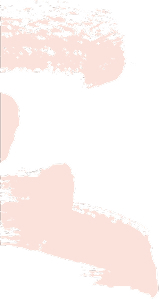
- Hijama
What is Hijama?
Hijama, also known as wet cupping, is an ancient procedure of alternative medicine that involves a bloodletting technique. This type of procedure is used in many parts of the Middle East, Asia, China and Europe.
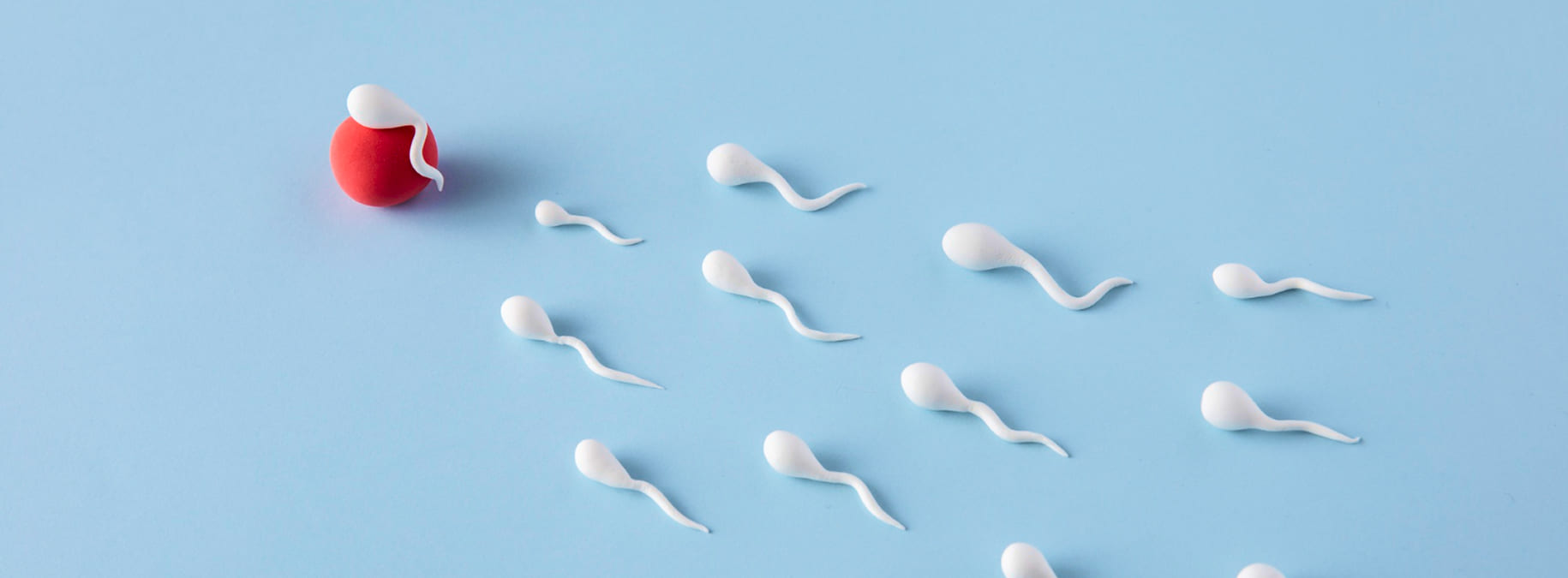
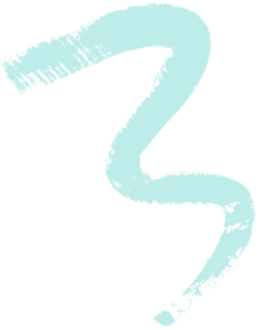

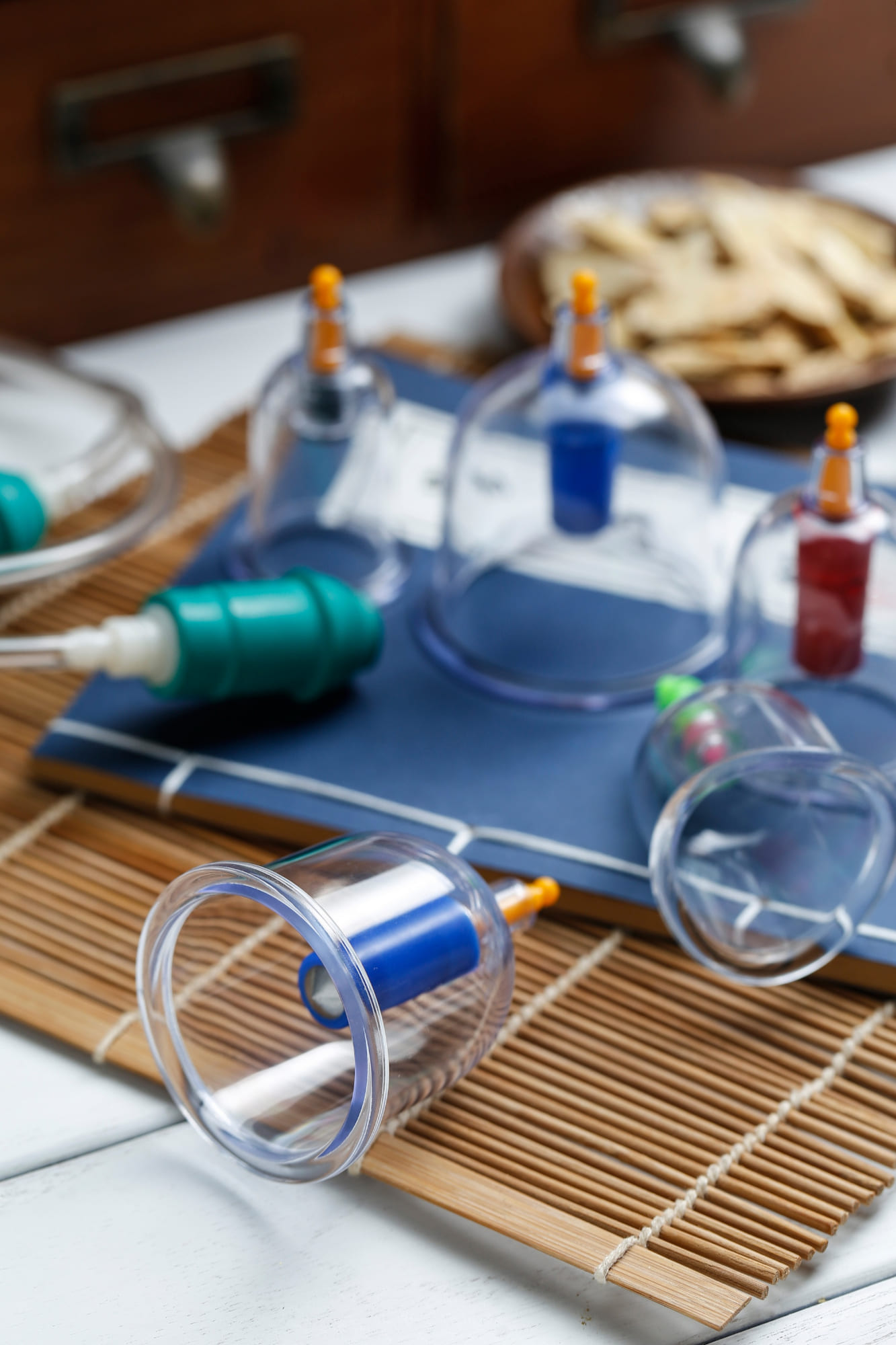

How does Hijama work?
Hijama is similar to dry cupping used in Chinese TCM therapy but includes making small incisions in the skin before applying the suction cups. It is usually used in combination with other treatments such as massage and dry cupping. However, some therapists will also incorporate heat pressing and gua sha into the treatments.
How can Hijama help with infertility?
It is believed that Hijama helps clear the body of excess toxins, balances the hormones, enhances circulation to the reproductive system and prepares the body for conception. It is best to get Hijama done during the 5th to 10th day of your cycle.
For women, Hijama is said to help with:
- Inducing ovulation, and helping when women do not ovulate or have irregular cycles.
- Curing imbalances of the thyroid gland.
- Removing blockages and inflammation in the fallopian tubes.
- Removing defects in the luteal phases.
- Helping with endometriosis or problems with the uterine lining.
- Regulating menstruation.
- Helping with painful menstruation and cramps.
- Helping with PCOS.
For men, Hijama is said to help with:
- Improving the quality of sperm produced.
- Helping with problems with the prostate.
- Curing infections in the genital tract.
- Curing inflammations in the veins.
How often can you do Hijama?
As a fertility treatment, it is recommended to do Hijama monthly until you get pregnant. After pregnancy, Hajima practitioners usually advise not to continue with Hijama therapy as it may affect the pregnancy.
How to start your journey in Hijama?
In Singapore, all Hijama practitioners need certification, therefore it is important to use someone who is certified in this practice. It is best to do some research of your chosen practitioner and also to talk to the practitioner with regards to their practices. As with all therapies, it is important to tell your chosen practitioner about any health issues or problems you have so that they can better advise you on when and how you should start.
Practical pointers
Though different practitioners may have different instructions and advice, it is generally recommended that:
- Not to shower at least 6 to 12 hours after a Hijama treatment.
- Not to take caffeine, alcohol, sugary foods and drinks, red meats or dairy after Hijama as these foods slow down your body’s abilities to process the treatment.
- Avoid strenuous activities such as exercise or sex for at least 24 hours after Hijama.
- To drink lots of water prior to and after the treatment.
- Rest early the day of treatment as a side-effect of the treatment is that you will probably feel very tired.
- Take honey after the treatment.
Real women say…
“Prior to Hijama, my period was always very short, lasting about 2 days, and was mainly dark blood with lots of clots. But since starting Hijama, my periods are lasting 4-6 days and have become a brighter red with very less clots in them.”
“My cycles were never regular as I have PCOS, but after the 2nd month of Hijama, my period is now coming every month.”
- Ayurveda
What is Ayurveda?
The science of Ayurveda dates back 5,000 years. In Sanskrit, “Ayurveda” means “The science of life”. Ayurveda is a complementary system of healing and encompasses various techniques for assessing health.
According to Ayurveda, every human being is a unique makeup manifested through the five basic elements — Ether, Air, Fire, Water and Earth. Vata, a combination of ether and air, pitta, a combination of fire and water, and kapha, a combination of water and earth, are called the tridosha.
There are seven basic constitutions with one or more doshas predominant according to Ayurveda. They are: vata, pitta or kapha predominant, vata-pitta, pitta- kapha or kapha-vata predominant and vata-pitta-kapha in equal balance, which is a rare occurrence. The balance of VPK is the natural order and when this doshic balance is disturbed, it creates imbalance. Pancharkarma is designed to restore the natural balance within each individual.

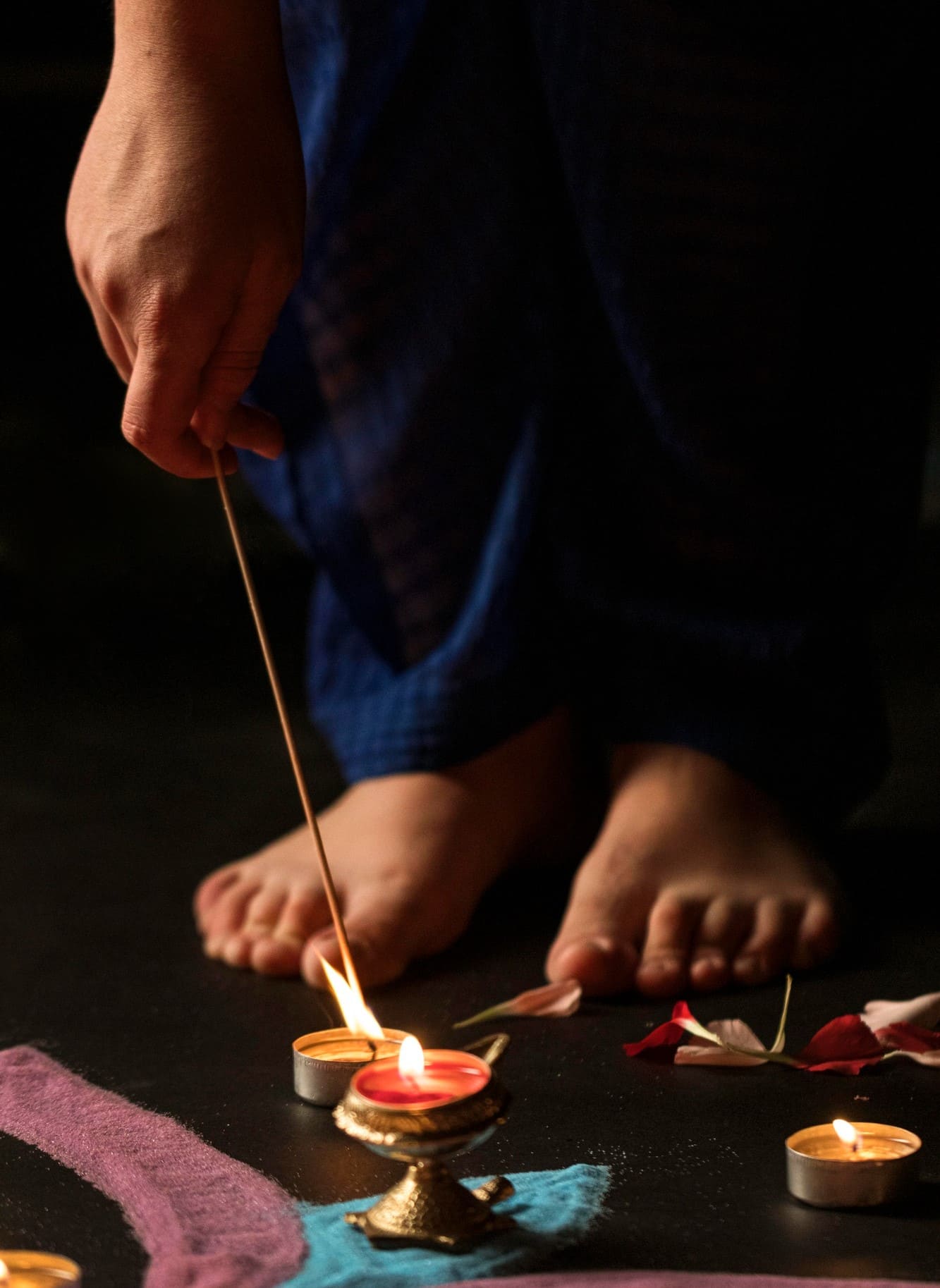
What is Pancharkma?
Panchakarma in Sanskrit means ‘five actions’ or ‘five treatments’ that includes the process of cleansing the body of toxins and rejuvenation of the body at a very deep level. Panchakarma maintains an equilibrium of biological energies: Vata, Pita, and Kapha.
Panchakarma therapy is a highly complex and sophisticated science of purification of the body-mind channel systems and needs to be carried out by highly trained Ayurvedic doctors. The process generally takes 15 days or more and involves a tailored diet to address the imbalance in one’s body, medicinal herbs to be taken almost daily, daily massages and cleansing treatments and medicated enemas (known as Vasthi) to eliminate toxins from the body and blood to restore balance.
It is said that Panchakarma therapy helps restore metabolic power; eliminates toxins and strengthens tissue function; helps balance all three doshas; helps restore hormonal imbalances; helps implement a healthy diet and lifestyle; reduces stress, improves relaxation and tolerance; and boosts body immunity and energy levels.
What does the treatment entail?
If any surgeries have to be performed, then such procedures should be undertaken before starting Ayurvedic treatments. For example, individuals who suffer from varicocele, torsion of testicle, endometriosis, fallopian tube obstruction, should have these conditions treated before starting Ayurvedic treatments.
The post-panchakarma intake of Ayurvedic medicines will help to balance the hormone levels, increase the quantity and quality of the sperm and semen in the male. In the female, hormone balancing leads to production of healthy ovaries and increases the chance of embryo implantation.
The period of infertility treatment is dependent on the individual’s age, his or her response to the treatment. At the very minimum, Ayurvedic medicines will have to be taken for a minimum period of 90 days to see the first changes. If both partners have fertility issues and are above 30 years of age, then treatment time may extend beyond 90 days.
Ayurvedic herbs like aswagandha, kapikachoo and shilajit are used in male infertility. On the other hand, to treat female infertility, Ayurvedic herbs like sathavari, asoka, sathahwa and jathiphala are used.
If a patient’s main concern is infertility, then the appropriate treatments, medicines, diet and yoga sessions are provided to attain the best results. The diet plan is prepared in accordance with the patient’s tridosha balance and usually tastes such as sweet, moist, are preferred over spicy, sour and astringent flavours, which would usually have to be avoided. It is better to have a freshly prepared balanced meal.
